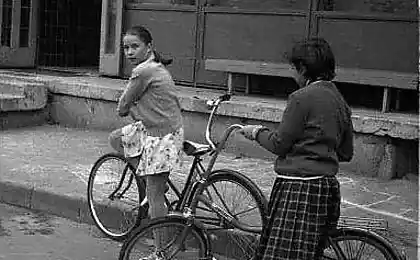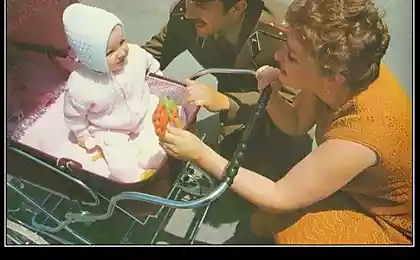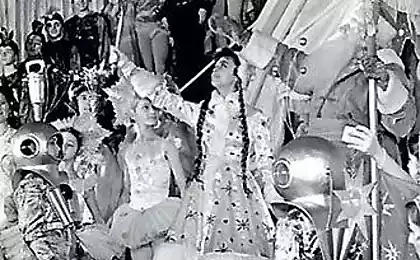202
What was life in the walls of the Soviet hostel and why many remember it without regrets
Soviet hostels They united people of different ages, ethnicities and destinies. Within their walls, Soviet boys and girls learned to build life and often exchanged student life for family life. Privacy is tiny, but invariably “in closeness, but not in resentment” and with a confident view of the bright future.
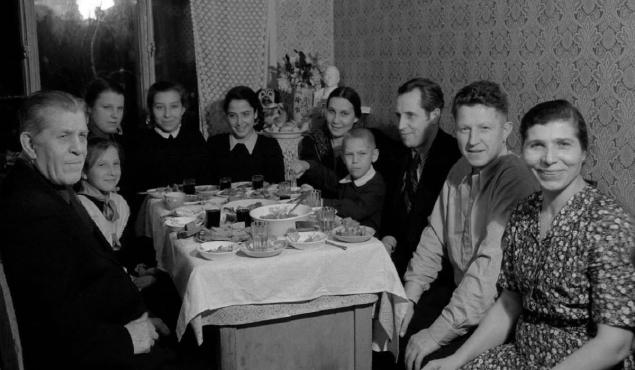
The modern dormitories have their own special atmosphere. These are cramped rooms with modest repairs, long lines to the restrooms in the morning, fussing in the common kitchen and quarreling with neighbors through a thin wall. And if non-resident students are more attracted by the low price, older people often overpay for a private rented apartment, but will receive a personal kitchen and bathroom. What can not be said about Soviet times!
A rare lucky man could rent or buy housing in a cooperative, so communal rooms and hostels were not empty. Frequently, factory workers received a bed immediately after employment. Such a system prevented staff turnover: a person more persistently held on to the position at the expense of a separate room in the social package.
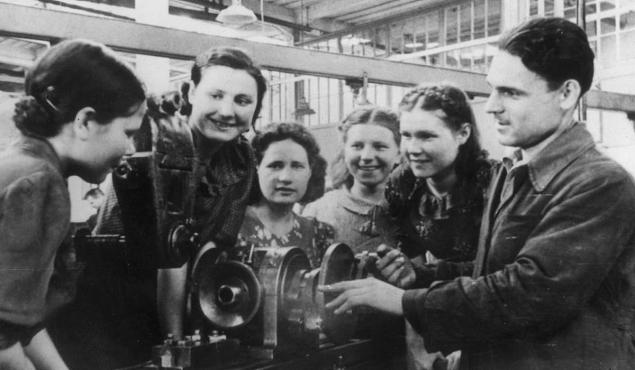
Before the Khrushchev thaw, almost a third of citizens huddled in human beings. For these purposes, apartment houses, estates, barracks and even stables were converted. The layout was standard: a set of doors on either side of the long corridor, the kitchen and toilet - at its beginning and end, respectively.
Also built dormitories-blocks of increased comfort. Each block included several rooms with a shower, a toilet and a small kitchen. At the end of a hard day’s work, it was possible to clean up and cook food without haste and long queues.
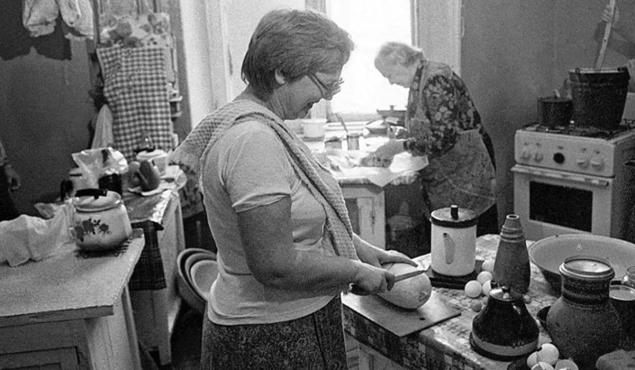
Each hostel had a strict commandant, often a retired military officer. He controlled the general life from and to: he settled residents, provided pillows and mattresses, monitored the order at events and punished violators of the curfew.
Life and leisure in dormitories of the USSR However, even in such conditions, romance, drama and universal liveliness bloomed lush. From dawn to dusk, narrow corridors, rooms and the kitchen became a place of quiet soulful meetings, noisy gatherings and showdowns. At 23:00 they locked the front doors and turned off the lights, but life in the “commune” did not cease: people scattered in their corners, took up household chores, and who secretly rinsed the Soviet power.
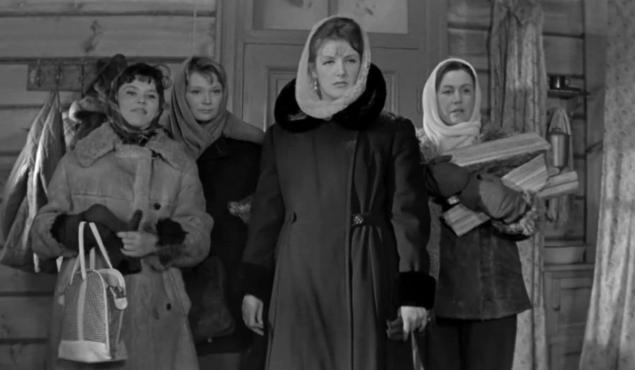
Already in the early 1930s, the Soviet Union rejected the sprouts of a new, bolder and uninhibited moral etiquette. The last bulwark in the fight against shame for the knowledge of one’s corporeality remained the Soviet dormitories.
Within their walls, young girls shared their experiences with each other and took their first steps in amorous affairs. The stories of the heroines of the films “Girls” and “Moscow does not believe in tears” were repeated by thousands of women of the USSR: they went on dates, attended dances, sobbed on the shoulder of their girlfriends, fell in love and gave themselves to feelings.
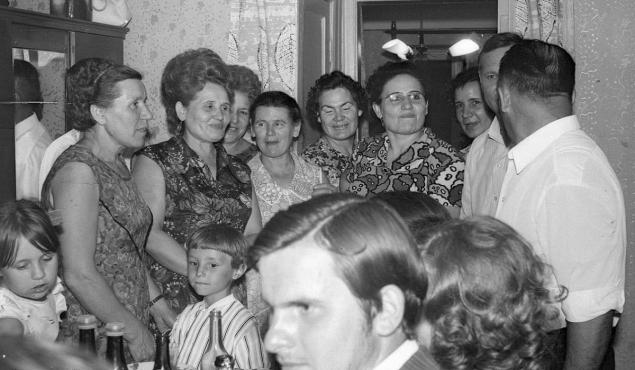
Many new families grew up in the walls of hostels. Closing the last textbook, former students got diapers and openers. After the wedding, no one shamed the newlyweds for seclusion in rooms, although many couples did not hesitate to spend time with each other behind closed doors and before marriage.
You could find your spouse literally outside the door of the next room. A broken leg of an old chair or a dilapidated shelf allowed you to make a pleasant acquaintance with a handy craftsman, and also get an invitation to a date.
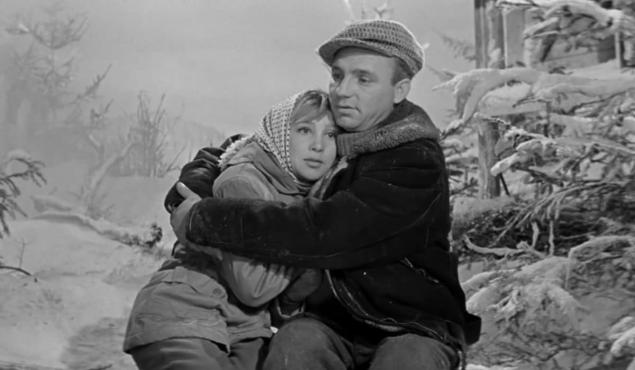
While the girls were lending each other dresses and shoes, their suitors surrounded the thresholds of the lobby: strict rules allowed meeting with lovers only in front of strangers. The most desperate suitors climbed into the women's dormitories through the windows - secretly from the commandants, of course.
Freedom from parental supervision intoxicated young female students. Picking up scarce jeans or spending money on lunches was an obvious choice! After all, it was not necessary to starve in the “commune”: compassionate neighbors rescued porridge, pasta with stews or soup. They often prepared a fold for a large company, adding a lot of onions and bread for satiety.
The social life of the Soviet hostel can be safely called a separate cultural layer of the USSR. Everyone could find entertainment to his liking: to attend a section, a circle, a concert or evening dances – the management often encouraged such events.
The guys met at homemade parties in the rooms to get acquainted with neighbors, sing songs to the guitar, discuss books and new records. These simple everyday joys filled everyday life in mixed student dormitories.
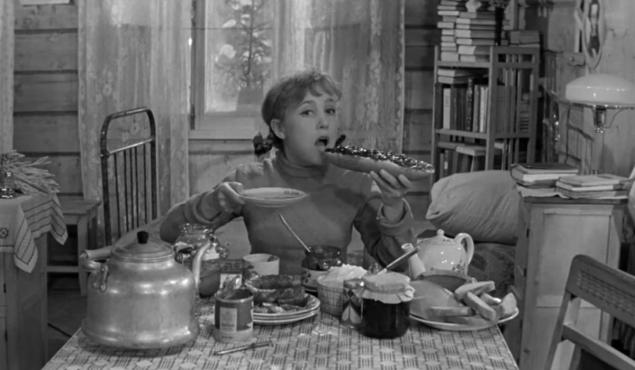
In the workers’ dormitories, such events were held less often, since after a hard day’s work, people rarely had the strength to have fun. However, even here they found time for a holiday: they went to visit each other for noisy gatherings, engaged in amateur activities and played weddings.
Soviet hostels helped many to temper their character, find their love and true friends for life.
Have you ever lived in a dorm? What do you remember the most? Share your stories in the comments!

The modern dormitories have their own special atmosphere. These are cramped rooms with modest repairs, long lines to the restrooms in the morning, fussing in the common kitchen and quarreling with neighbors through a thin wall. And if non-resident students are more attracted by the low price, older people often overpay for a private rented apartment, but will receive a personal kitchen and bathroom. What can not be said about Soviet times!
A rare lucky man could rent or buy housing in a cooperative, so communal rooms and hostels were not empty. Frequently, factory workers received a bed immediately after employment. Such a system prevented staff turnover: a person more persistently held on to the position at the expense of a separate room in the social package.

Before the Khrushchev thaw, almost a third of citizens huddled in human beings. For these purposes, apartment houses, estates, barracks and even stables were converted. The layout was standard: a set of doors on either side of the long corridor, the kitchen and toilet - at its beginning and end, respectively.
Also built dormitories-blocks of increased comfort. Each block included several rooms with a shower, a toilet and a small kitchen. At the end of a hard day’s work, it was possible to clean up and cook food without haste and long queues.

Each hostel had a strict commandant, often a retired military officer. He controlled the general life from and to: he settled residents, provided pillows and mattresses, monitored the order at events and punished violators of the curfew.
Life and leisure in dormitories of the USSR However, even in such conditions, romance, drama and universal liveliness bloomed lush. From dawn to dusk, narrow corridors, rooms and the kitchen became a place of quiet soulful meetings, noisy gatherings and showdowns. At 23:00 they locked the front doors and turned off the lights, but life in the “commune” did not cease: people scattered in their corners, took up household chores, and who secretly rinsed the Soviet power.

Already in the early 1930s, the Soviet Union rejected the sprouts of a new, bolder and uninhibited moral etiquette. The last bulwark in the fight against shame for the knowledge of one’s corporeality remained the Soviet dormitories.
Within their walls, young girls shared their experiences with each other and took their first steps in amorous affairs. The stories of the heroines of the films “Girls” and “Moscow does not believe in tears” were repeated by thousands of women of the USSR: they went on dates, attended dances, sobbed on the shoulder of their girlfriends, fell in love and gave themselves to feelings.

Many new families grew up in the walls of hostels. Closing the last textbook, former students got diapers and openers. After the wedding, no one shamed the newlyweds for seclusion in rooms, although many couples did not hesitate to spend time with each other behind closed doors and before marriage.
You could find your spouse literally outside the door of the next room. A broken leg of an old chair or a dilapidated shelf allowed you to make a pleasant acquaintance with a handy craftsman, and also get an invitation to a date.

While the girls were lending each other dresses and shoes, their suitors surrounded the thresholds of the lobby: strict rules allowed meeting with lovers only in front of strangers. The most desperate suitors climbed into the women's dormitories through the windows - secretly from the commandants, of course.
Freedom from parental supervision intoxicated young female students. Picking up scarce jeans or spending money on lunches was an obvious choice! After all, it was not necessary to starve in the “commune”: compassionate neighbors rescued porridge, pasta with stews or soup. They often prepared a fold for a large company, adding a lot of onions and bread for satiety.
The social life of the Soviet hostel can be safely called a separate cultural layer of the USSR. Everyone could find entertainment to his liking: to attend a section, a circle, a concert or evening dances – the management often encouraged such events.
The guys met at homemade parties in the rooms to get acquainted with neighbors, sing songs to the guitar, discuss books and new records. These simple everyday joys filled everyday life in mixed student dormitories.

In the workers’ dormitories, such events were held less often, since after a hard day’s work, people rarely had the strength to have fun. However, even here they found time for a holiday: they went to visit each other for noisy gatherings, engaged in amateur activities and played weddings.
Soviet hostels helped many to temper their character, find their love and true friends for life.
Have you ever lived in a dorm? What do you remember the most? Share your stories in the comments!
Profee: Convenient and profitable money transfers between more than 60 countries
The story of a strong and confident girl who met the wrong man
